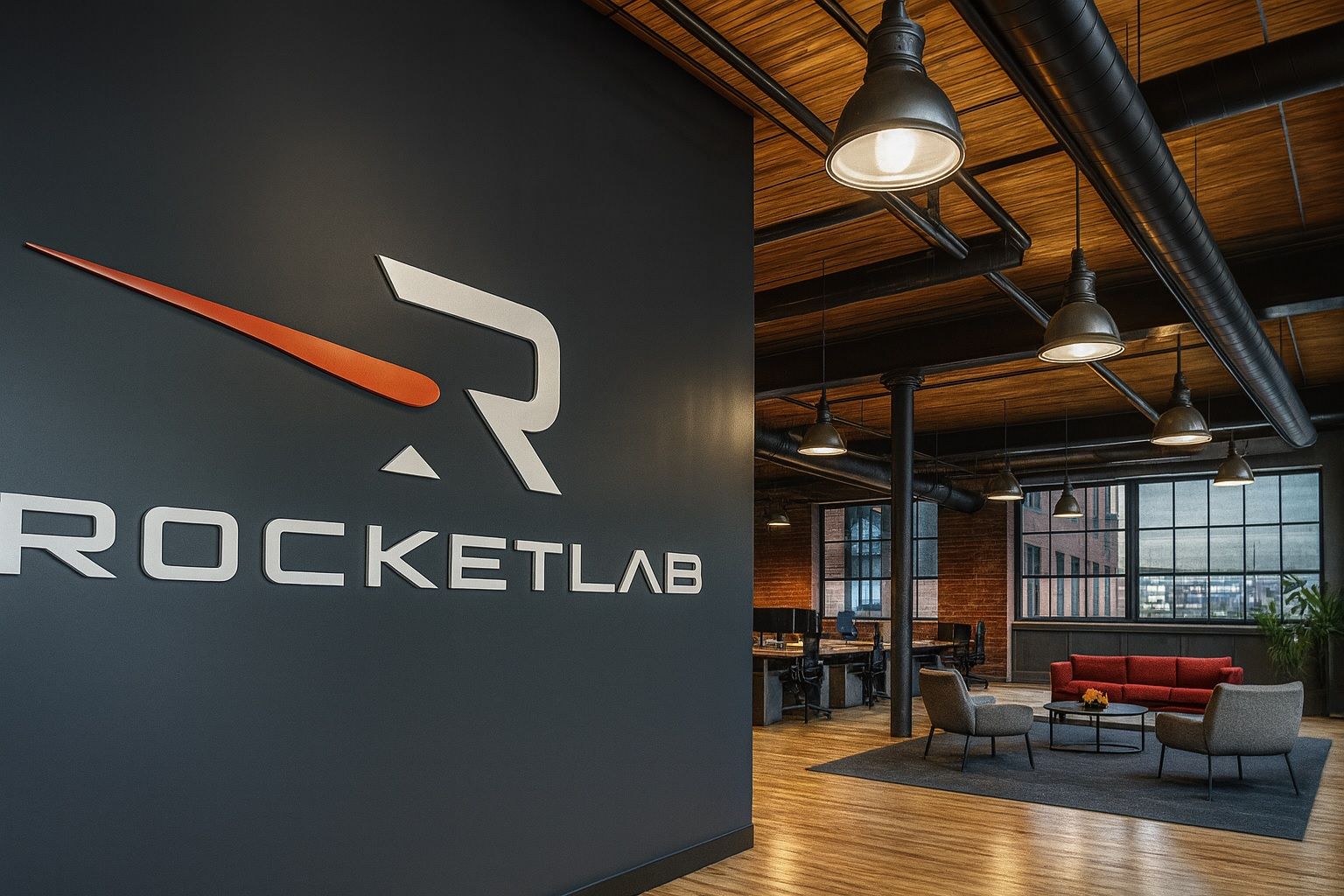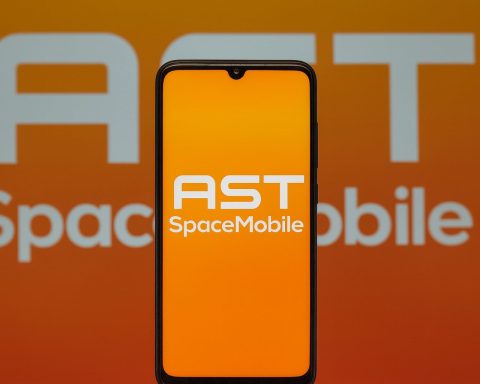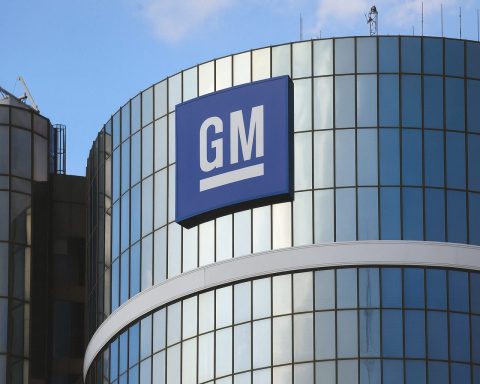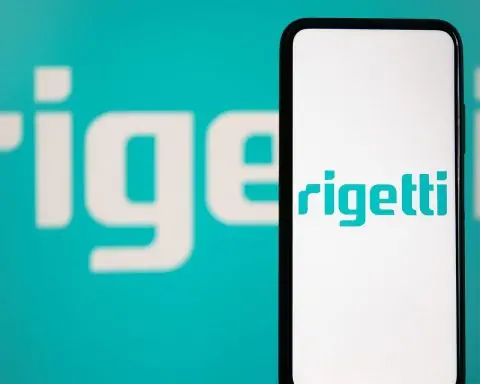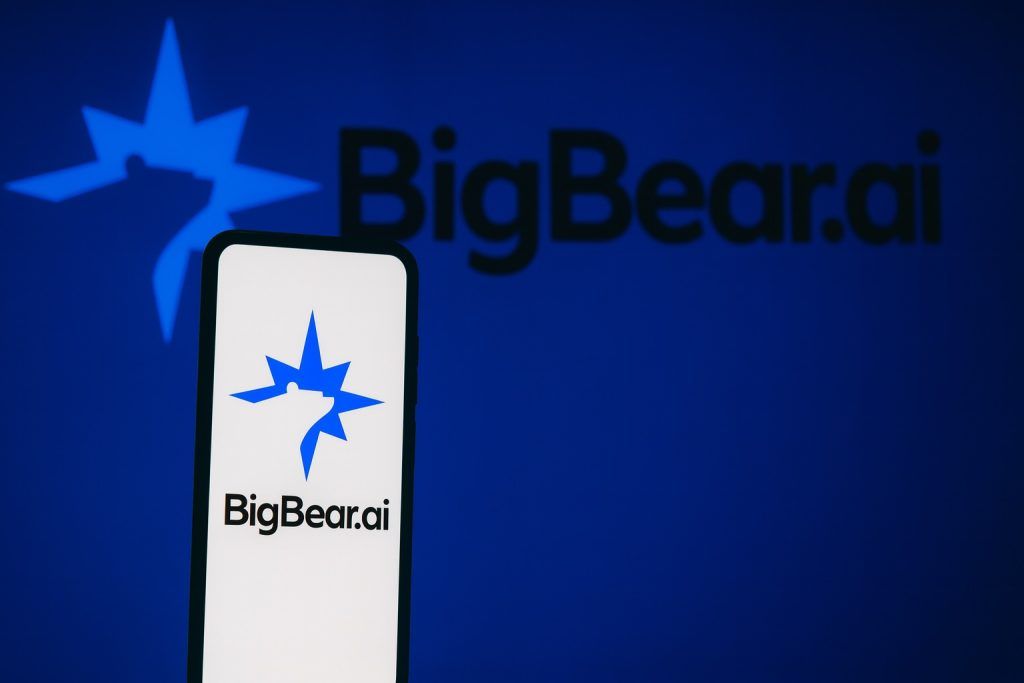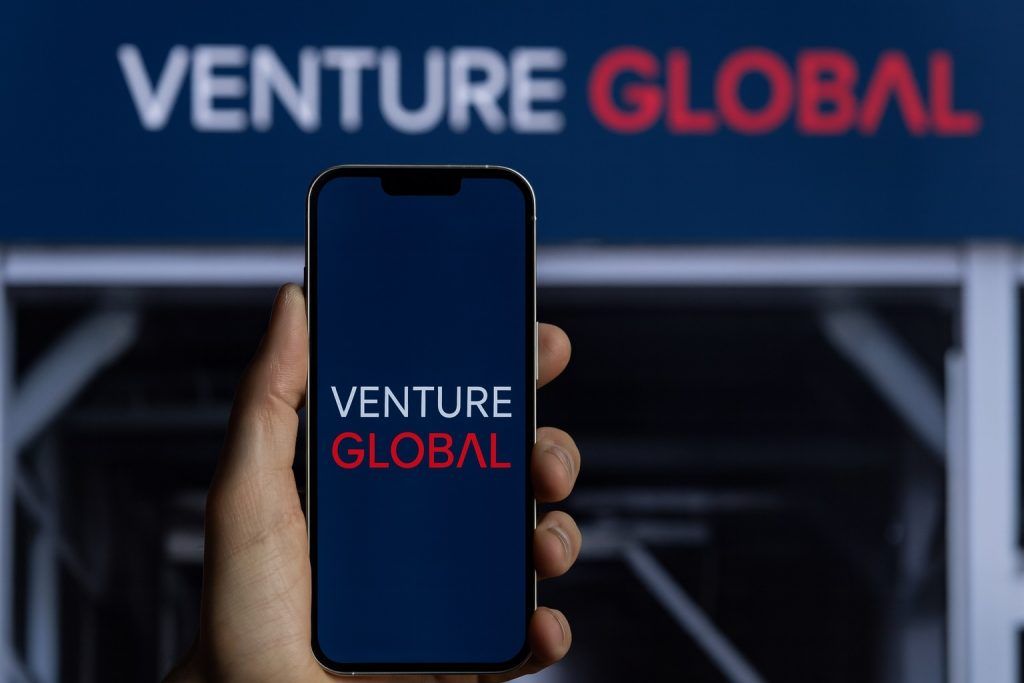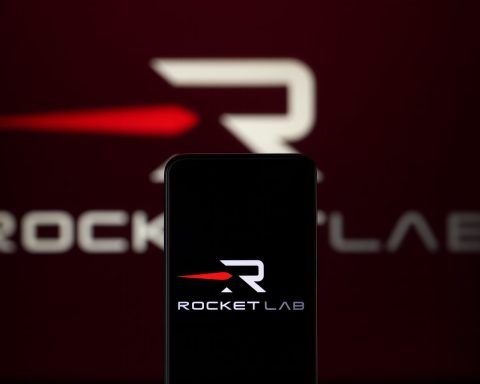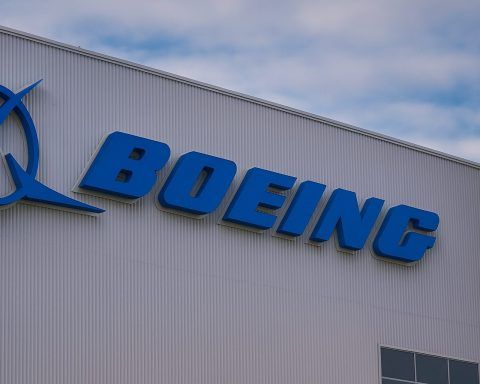- Major launch contracts: Rocket Lab just clinched two dedicated Electron launches with Japan’s JAXA (RAISE-4 demo satellite in Dec 2025 + an 8-satellite rideshare in 2026) [1]. This follows record-breaking deals with Japanese customers – Synspective (10 new launches, totaling 21 missions [2]) and iQPS (3 new launches after 4 earlier this year [3]). These contracts underscore a surging demand for small-rocket services worldwide [4] [5].
- Stratospheric stock gains: RKLB stock has soared over 500–700% in the past year [6] [7]. On Oct 9, 2025 it closed around $66.42 [8], and by Oct 10 was trading near $70 in pre-market trading [9]. This rally was powered by contract news and optimism about Rocket Lab’s growth; shares jumped ~5% on the JAXA news alone [10].
- Robust 2025 performance: Rocket Lab is on track for its strongest year ever. Q1 revenue was $123M (+32% YoY) and Q2 was $144M (+36% YoY) [11] [12]. Backlog has swelled to nearly $1 billion, with over half expected to convert within 12 months [13]. Management guided Q3 revenue of $145–155M and said it’s “on track for a record year of launches and spacecraft deliveries” [14].
- Strategic M&A and tech: RL expanded its tech portfolio by acquiring GEOST ($275M, missile-warning sensors) and Mynaric ($75M, laser communications) [15] [16]. These add advanced optics and satellite communications capabilities. The company is also integrating acquisitions to be a “prime contractor for U.S. national security missions” [17]. Meanwhile, the new Neutron medium-lift rocket (reusable first stage) is under construction, with a maiden flight targeted for late 2025 or early 2026 [18].
- Future growth drivers: RL has won important government contracts – NASA’s Aspera space telescope mission (under VADR) and U.S. DoD hypersonic and P2P cargo tests [19]. Its Electron rockets are booked for 20+ missions this year, including national security satellites (e.g. SDA Tranche 2) [20] [21]. With Neutron, Rocket Lab could expand into the medium-launch market (directly challenging SpaceX’s Falcon 9) [22] [23]. Management expects positive free cash flow by 2027 after ramping up Neutron and digesting acquisitions [24].
- Analyst views & valuation: Despite the excitement, experts urge caution on the frothy valuation. The stock trades at ~50× trailing sales [25]. Analysts rate it a Moderate Buy with average 12-month targets in the mid-$40s [26] [27] – well below today’s price. MarketBeat notes the RSI is above 70 (overbought), suggesting a pullback could come [28]. In sum, Wall Street sees Rocket Lab as a long-term winner (benefiting from the satellite launch boom) but warns that “near-term enthusiasm may have outpaced fundamentals” [29] [30].
Rocket Lab’s dramatic rise reflects both tech execution and a booming small-satellite market. As of early Oct 2025, RKLB trades near $70 (Nasdaq close $66.42 on Oct 9 [31]), compared to the low-$50s in late September [32]. The company’s Electron rocket has delivered reliable launches for dozens of customers (governments and commercial) this year. Founder Sir Peter Beck calls it “the world’s most frequently launched orbital small rocket” [33]. Investors and partners point to Electron’s track record: iQPS’s CEO noted that four SAR satellites launched in 2025 “reaffirmed our confidence in the rocket’s reliability,” giving them comfort to book 3 more [34].
Beyond existing rockets, Rocket Lab is betting big on Neutron. The 141-ft Neutron will have a reusable first stage and a unique “Hungry Hippo” fairing that stays attached, enabling rapid reuse [35]. It’s positioned for U.S. government missions (Space Force NSSL Phase 3, NASA launches, cargo tests) [36]. Analysts see Neutron as a long-term game-changer. The Motley Fool observes that RL “has soared over 500% this year, and its upcoming Neutron rocket could send the stock even higher” [37]. Indeed, with Neutron on the horizon and growing backlog, some investors talk of RL joining SpaceX among launch leaders [38].
However, the capital markets are keeping Rocket Lab honest. In mid-September, the company announced a $750M at-the-market offering, which caused a ~12% stock dip [39]. Management explained this move as logical – using lofty share prices to fund growth (e.g. Neutron, acquisitions) [40]. The stock rebounded quickly, but insiders’ heavy selling this year (pre-arranged trading plans) has fueled debate on near-term sentiment [41]. Analysts highlight that RL is still unprofitable (Q2 net loss $66M [42]) and burning cash on Neutron, so investors should temper enthusiasm.
In the broader space industry, competition is heating up. SpaceX has been dispatching rockets at an unprecedented clip (two Falcon 9 launches in one day on Oct 7, 2025 [43], 125+ flights in 2025) to build mega-constellations. Amazon’s Kuiper is poised to launch dozens of broadband satellites next. In this context, Rocket Lab’s niche is “responsive” access to space for small payloads [44] [45]. Its smaller Electron allows universities, startups and national programs to reach orbit on-demand. RL’s strategy has been to capture that segment with reliability and frequency – 20+ Electron launches planned in 2025 alone [46].
Looking ahead, experts forecast mixed outcomes. Several firms see RKLB climbing further by 2026 as Neutron and government contracts kick in [47]. Others warn that, trading around 50× sales, it remains a speculative high-growth stock. The consensus 12-month price target is roughly $40–50 [48] [49], implying downside from today’s levels. If RL can execute Neutron on time and convert its $1B backlog into revenue, bulls will be proved right. If not, expect volatility. In any case, most agree Rocket Lab has established itself as a breakout space stock with enormous potential – one riding the crest of the satellite launch boom [50] [51].
Sources: Company releases and news reports from Oct 2025 [52] [53] [54], market analysis sites [55] [56] [57] [58], and industry coverage [59] [60], among others. These include Rocket Lab announcements (via GlobeNewswire/Investing.com) and expert commentary on the stock and technology.
References
1. www.investing.com, 2. ts2.tech, 3. ts2.tech, 4. ts2.tech, 5. www.marketbeat.com, 6. ts2.tech, 7. www.marketbeat.com, 8. stockanalysis.com, 9. stockanalysis.com, 10. www.investing.com, 11. ts2.tech, 12. ts2.tech, 13. ts2.tech, 14. ts2.tech, 15. ts2.tech, 16. ts2.tech, 17. ts2.tech, 18. ts2.tech, 19. ts2.tech, 20. ts2.tech, 21. ts2.tech, 22. ts2.tech, 23. www.marketbeat.com, 24. ts2.tech, 25. ts2.tech, 26. www.marketbeat.com, 27. www.marketscreener.com, 28. www.marketbeat.com, 29. www.marketbeat.com, 30. www.marketbeat.com, 31. stockanalysis.com, 32. stockanalysis.com, 33. www.globenewswire.com, 34. www.globenewswire.com, 35. ts2.tech, 36. ts2.tech, 37. www.nasdaq.com, 38. www.nasdaq.com, 39. ts2.tech, 40. ts2.tech, 41. ts2.tech, 42. ts2.tech, 43. ts2.tech, 44. www.globenewswire.com, 45. ts2.tech, 46. ts2.tech, 47. www.nasdaq.com, 48. www.marketbeat.com, 49. www.marketscreener.com, 50. www.marketbeat.com, 51. ts2.tech, 52. www.globenewswire.com, 53. www.investing.com, 54. www.globenewswire.com, 55. ts2.tech, 56. ts2.tech, 57. www.marketbeat.com, 58. ts2.tech, 59. www.nasdaq.com, 60. ts2.tech
